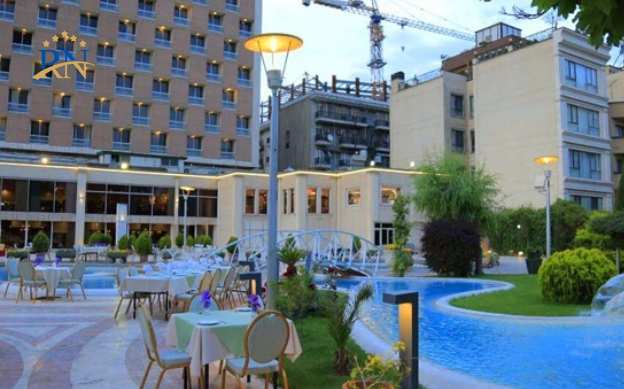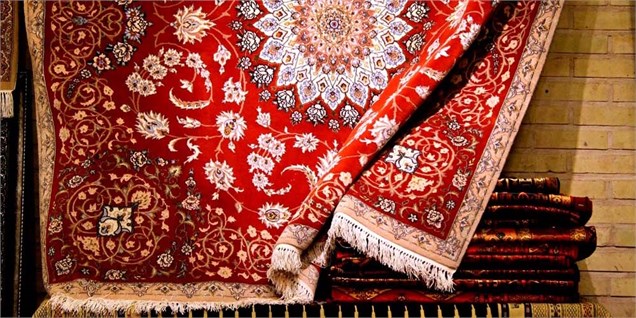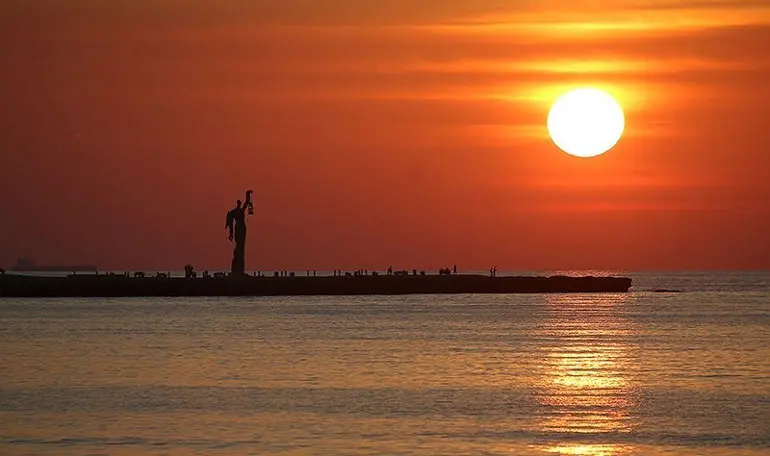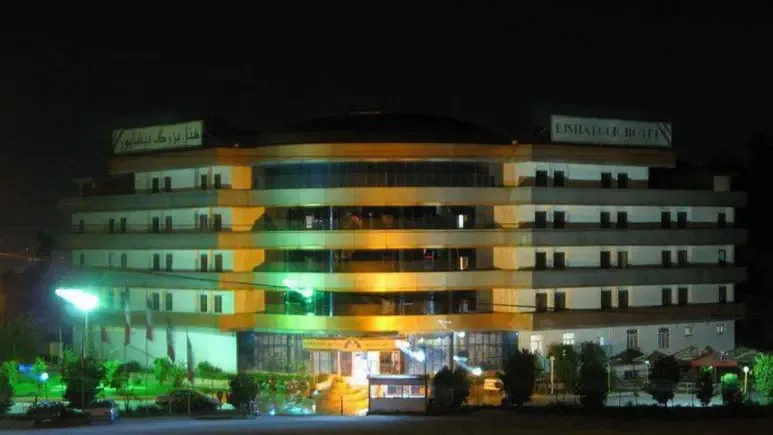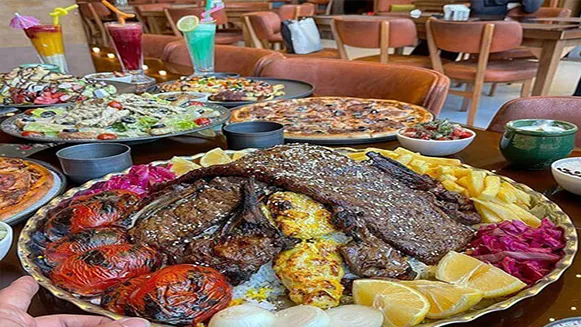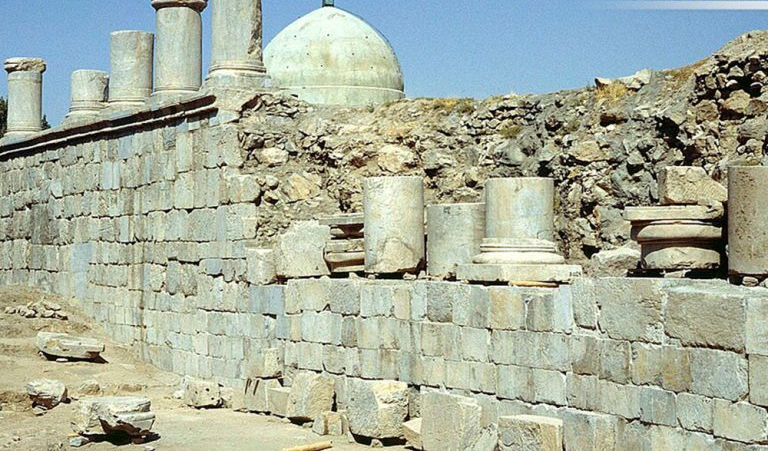Qeshm Island Culture And People
Qeshm Island: A Tapestry of Culture and Tradition
Qeshm Island, a jewel in the Persian Gulf, beckons travelers with its pristine beaches, rugged mountains, and a rich tapestry of culture and history. Nestled in the Strait of Hormuz, this island has been a crossroads of civilizations for millennia, leaving an indelible mark on its people and their way of life.
Culture of the people of Qeshm Island
Qeshm Island, with its long history and unique geographical location, boasts a rich and diverse culture. Situated along the ancient Silk Road and interacting with various civilizations, the island is a blend of Iranian, Arabic, and even African cultures. The people of Qeshm are renowned for their hospitality, respect for elders, and appreciation for traditions.
The customs and traditions of Qeshm people are deeply rooted in their religious beliefs and faiths. Traditional festivals and ceremonies such as Nowruz-e Sayaad (Fishermen’s New Year), Yalda Night, and various religious rituals are an integral part of their daily lives. Beautiful and diverse handicrafts like sukkah-doozi (coin embroidery), khus-doozi (palm leaf embroidery), and the construction of traditional dhows are other manifestations of Qeshm’s rich culture. The island’s traditional architecture, featuring beautiful wind towers and mud-brick houses, reflects a harmonious relationship between humans and nature.
The language spoken by the people of Qeshm is the Bandari dialect, a combination of Persian and Arabic. This dialect has various local accents, reflecting the island’s cultural diversity. Despite the influences of modernity, the people of Qeshm remain committed to preserving their traditions and culture, making Qeshm a fascinating tourist destination with a rich cultural heritage.
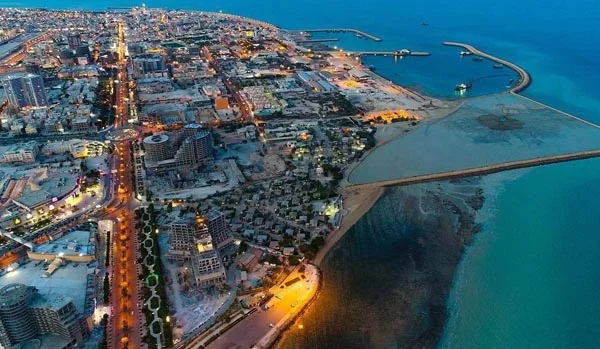
The Religious of Qeshm Island
The people of Qeshm, like many Iranians, primarily adhere to Islam. The majority of the population is Shia Muslim, a branch of Islam that is the state religion of Iran. This Islamic heritage shapes many aspects of daily life, from prayer times to religious festivals. However, the cultural landscape of Qeshm is also influenced by centuries of trade and interaction with other civilizations, particularly those from the Arabian Peninsula and East Africa. These historical connections have resulted in a unique blend of Islamic practices and pre-Islamic beliefs, adding layers of complexity to the island’s religious and cultural tapestry.
What is the language spoken in Qeshm?
Hormozgan Province borders Kerman to the north, Fars and Bushehr to the west, Sistan and Baluchestan to the east, and is bordered by the Persian Gulf and the Sea of Oman to the south. Hormozgan Province has thirteen counties, twenty-three cities, and two thousand one hundred and seventy districts and villages, each with its own dialects and accents.
The language spoken by the people of Qeshm and the common local dialects in the city and villages are almost the same, with the difference that the people of Qeshm city and Dargahan, due to their interactions with the people of Minab, Bandar Abbas, and other neighboring ports, speak a dialect closer to that of Bandar Abbas and Minab (Bandari). In the deep villages of the island, due to travel to the Emirates and India, they speak Arabic and Hindi dialects.
It’s interesting for Qeshm tour tourists to know that, in general, the language of the people of this island is a mixture of Persian, Bandari, Hindi, and English. The people of Qeshm city and the northern villages have gradually changed their dialect due to interaction with non-native people in the region. It can be concluded that the language of the people of Hormozgan, due to their interactions and contact with different countries, has influenced the language and dialect of the people of this island.

The most famous ceremonies and traditions of the people of Qeshm
Shrimp Festival
Shrimp Festival As a southern island, it’s only natural to expect festivals centered around the sea, such as the Shrimp Festival, among the customs and traditions of the people of Qeshm. Like the Nowruz-e Sayaad, the shrimp festival is held as a thanksgiving. In Qeshm Island, there are over a thousand fishermen, most of whom are active in the areas of Sirik, Tula, Dargahan, and Chahu. At the end of the fishing season, these people hold a traditional festival to celebrate a year of fishing.
Nowruz-e Sayaad
Nowruz-e Sayaad (Fishermen’s New Year) One of the ancient but fading customs and traditions of the people of Qeshm is the Nowruz-e Sayaad (Fishermen’s New Year) celebration. It’s a ritual with a history of several centuries that is celebrated in some villages (depending on the region: late July, early August). The people of Qeshm believe that on this date, the season for catching various fish and sharks ends, and they must give the aquatic creatures a chance to reproduce. According to customs in Qeshm, catching fish and cooking seafood on this day is considered inauspicious and can deplete the blessings of the table. According to the customs and traditions of the people of Qeshm, people should wear colorful clothes to ward off bad luck and throw away their old and worn-out clothes into the sea. This removal of bad luck also includes the people’s livestock and domestic animals.
There are a limited number of prayer leaders who chant a traditional prayer called “Luban,” which is believed to keep diseases and wild animals away from livestock and domestic animals. Interestingly, only a limited number of people throughout the island are proficient in the Luban prayer, and it is passed down from one generation to the next. Once the prayer has been taught, the teacher’s prayer will no longer have any effect. As a continuation of the prayer ceremony, animals, trees, and doors of houses are painted red (usually with red soil). In the Nowruz-e Sayaad, one of the oldest customs and traditions of the people of Qeshm, people believe that mineral waters flow into the sea on this day. Therefore, swimming in the sea can cure all kinds of diseases. Young people, the elderly, and children are drenched with seawater or have water poured over them with bowls.
The Zanbil Gardani Ceremony
Another tradition among the people of Qeshm is the Zanbil Gardani ceremony, which is performed for children over two years old. In Qeshm Island, if a child cannot walk by the age of two, it is a cause for concern for the family, and they resort to the Zanbil Gardani ceremony. Children are placed in baskets made of palm leaves and wood. Elders and neighboring children hold the basket and sing special traditional songs. They believe that this ceremony will help their child start walking.
The Date Palm and Palm Tree Festival
One of the most delightful customs and traditions of the people of Qeshm is the Date Palm and Palm Tree Festival. As you know, date palm plantations provide a significant portion of the island’s residents’ income. This fact, along with the numerous benefits of dates, has led people to refer to the date palm as the “Tree of Life.” This reflects the deep respect that people have for the date palm. This respect is so profound that cutting down a date palm, even if it is old and withered, is considered highly inappropriate and believed to diminish blessings.
There are over 20 varieties of dates grown on Qeshm Island, including Piarom, Turi, Khanezi, and Zahedi. Most of the island’s date palm cultivation takes place in the regions of Masli, Alooestari, and Sheikh Kamali. All of these factors contribute to the celebration of the Date Palm and Palm Tree Festival, one of the most enjoyable customs of the people of Qeshm.
This festival, accompanied by traditional music and various games, showcases all the by-products of dates and palm trees. At the Date Palm and Palm Tree Festival, products such as date syrup, date vinegar, date bread and sweets, biscuits, rolls, jam, baskets, sandals, and brooms are displayed and sold by various producers.
The Qibla Dua Ceremony
When we examine the history and rituals of arid regions, we encounter ceremonies centered around prayers for rain. The customs and traditions of the people of Qeshm are no exception and include the Qibla Dua ceremony. This two-day ceremony, led by the imam of the mosques, is a collective plea for rain. This ritual, which is one of the customs and traditions of the people of Qeshm, is held when the village faces water shortages and the drying up of qanats (underground water channels) and wells.
For two days, the people fast and recite the Quran. During these two days, they cook food and distribute it among the poor, and a portion of it is placed under trees for animals. This ceremony takes place under the sacred sidr tree, which grows in the southern regions. Therefore, during the ceremony, people never turn their backs to the tree. This ceremony is typically held in three locations on Qeshm Island: Konar Dua in Kabli village in western Qeshm, and south of the city near the Bibi pond.

Traditional Clothing and Attire
The traditional clothing of Qeshm Island reflects both the island’s unique cultural identity and its geographical setting in the Persian Gulf. For women, the attire is often a long, colorful dress known as “tonban” or “shal,” paired with intricate scarves or head coverings called “sarband.” Many women also wear a distinctive face mask known as “boregheh” or “burqa,” which is typically made of colorful fabric and adorned with embroidery or embellishments. The purpose of the boregheh is both cultural and practical: it protects the face from the intense sun and wind while also symbolizing modesty. These garments are often made from light, breathable fabrics to suit the island’s warm climate, with patterns that reflect Qeshm’s vibrant culture.
Men’s traditional clothing is also designed to be functional in Qeshm’s hot, humid environment. Men typically wear loose, long-sleeved shirts and trousers, often in white or light colors to reflect heat. A headscarf, known as the “ghutra” or “keffiyeh,” is sometimes worn as well, offering protection against the sun and sand. This attire allows ease of movement and is ideal for the island’s fishing and trading lifestyle. The traditional clothing of Qeshm’s people not only highlights their respect for cultural heritage but also demonstrates the way islanders have adapted to their environment over generations, balancing comfort with style and practicality.
A Final Word about Qeshm Island Culture And People
The customs and traditions of the people of Qeshm are perhaps among the most beautiful ethnic customs in Iran. Qeshm and, in general, the southern islands of the country, due to their unique geographical location, have had less contact with other regions and cities of the country. On the other hand, due to waterways, they have been in contact with other countries. This has led to the expectation of a rich culture and unique customs that have been preserved more than in other parts of Iran


